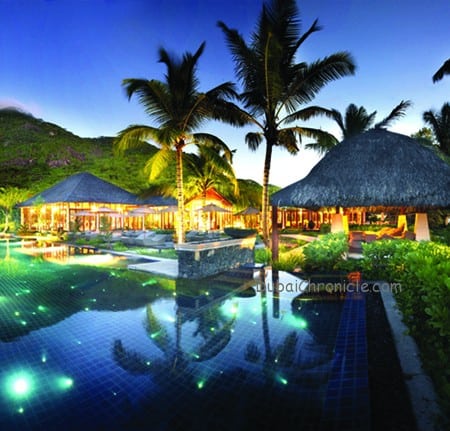
It seems that people today care more than ever before concerned about their health and beauty. According to a new study, wellness tourism makes up a huge part of the total global tourism. Moreover, it even has a bigger growth rate compared to the entire tourism sector.
The name of the report is Global Wellness Tourism Economy and it was presented at the Global Wellness Tourism Congress. According to it, wellness tourism accounts for about 14% of today’s global tourism revenue, which amount to $3.2 trillion.
In addition, the wellness tourism sector has increased so much that it now accounts for 11.7 million of all job positions in the world. In economic terms, this is estimated at about $1.3 trillion. That is a little less than 2% of the global GDP estimated last year.
The report also predicts how the sector will develop in the near future. The prognoses are more than stunning. Wellness tourism is expected to continue to rise over the next half a decade with a little under 9.9% per year. If the predictions are correct, the sector will hit $678.5 billion over the next five years.
The study also lists the top wellness markets which will dominate in the upcoming years. Currently, the leaders in this sector are Europe and North America. However, soon they will be replaced by Asia and Latin America. The Middle East and North America will also enjoy a growth in by 2017. However, the most preferred wellness tourism destination, according to the report, will be India. The country is said to remain on the top over the next half a decade.
Another interesting finding mentioned in the Global Wellness Tourism Economy report is that wellness tourist spend more than the average tourist. To be more specific, fans of wellness holidays spend 130% more compared to the average traveler. Also, international wellness tourist are said to spend 65% more than average international tourists. Domestic wellness tourists are even more generous and invest 150% more in their healthy vacation.
However, primary wellness tourism (vacations that revolve entirely on wellness) is less popular than secondary wellness tourism (vacations that include some wellness activities). About 87% of all wellness tourism is secondary. What characterizes secondary wellness vacationers is that they spend less then primary tourists.
One of the authors of the study, Ophelia Yeung, stated that tourism trends have shifted. Yeung explains that in the past, tourism had a lot to do with excessive eating, drinking and sleeping. Today, however, tourists want to enjoy a healthy vacation.




































